Plums are one of the most versatile and globally cherished fruits. Whether enjoyed fresh, dried as prunes, or used in jams, desserts, and even wines, plums offer a delicious combination of sweetness and tartness along with a host of health benefits. While many countries grow plums, others rely heavily on imports to meet year-round demand.
In this article, we’ll explore which country is the largest plum importer in the world, why this is the case, which nations supply these imports, and how global plum trade trends have evolved in recent years.
Global Overview of the Plum Market
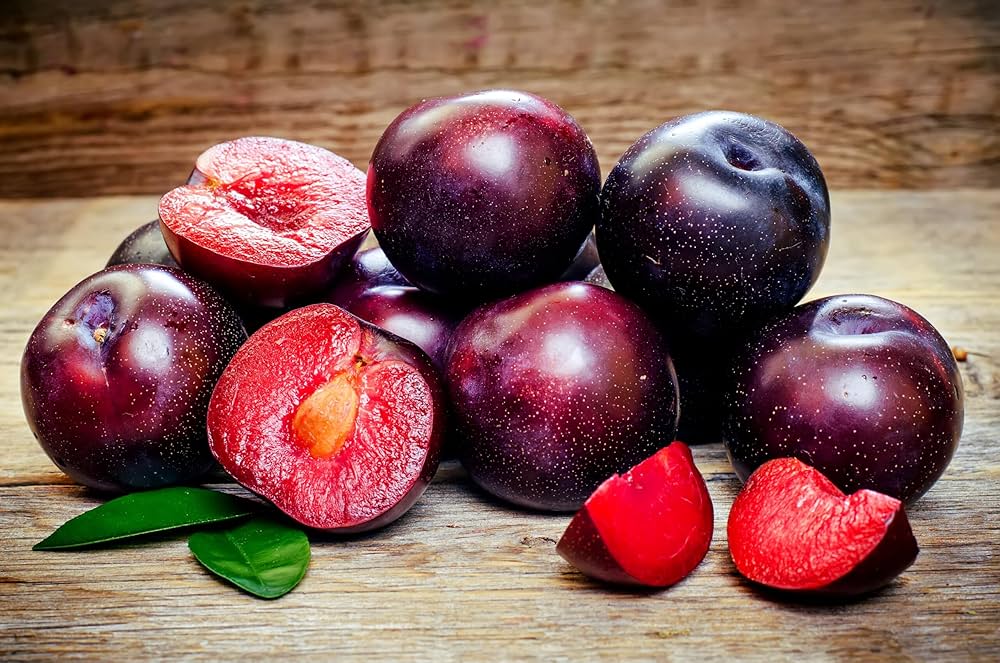
The global plum trade is a vibrant sector within the fresh fruit industry. According to the latest trade reports, the total volume of fresh plum imports worldwide exceeds 700,000 metric tons annually, with a total market value of around US $1.2 billion.
Plums are grown in temperate regions worldwide, but production seasons vary between the Northern and Southern Hemispheres. This seasonality creates opportunities for international trade, allowing countries to enjoy plums year-round.
Key plum-producing countries include:
- China (the world’s largest producer)
- Serbia
- Romania
- Chile
- South Africa
- Turkey
- Spain
But when it comes to imports, one country clearly stands out.
Which Country Is the Largest Plum Importer in the World?
According to the latest available trade data, China is the largest plum importer in the world.
China’s Plum Import Figures:
- Annual Imports: Approximately 90,000 metric tons (2023)
- Import Value: Around US $281 million
- Global Share: About 15% of total global plum imports
This makes China the leading importer by a significant margin, ahead of other major plum-importing nations such as Hong Kong, Germany, Russia, the Netherlands, and the United Kingdom.
Why Does China Import So Many Plums?
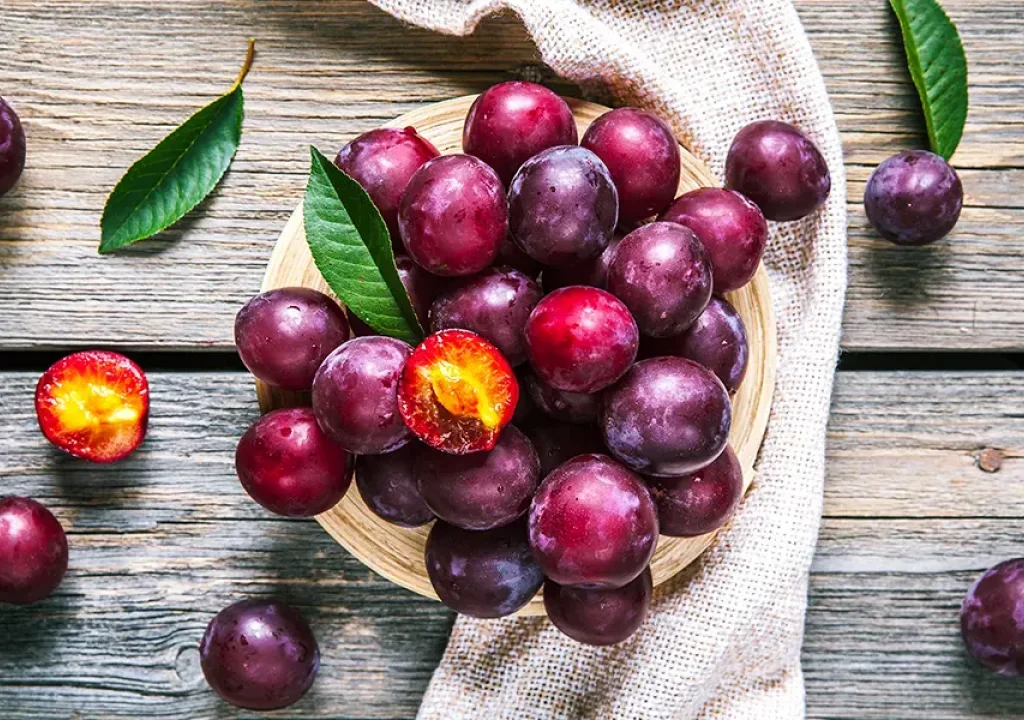
Interestingly, while China is the largest plum producer globally, it is also the largest importer. This paradox occurs for several reasons:
Diverse Consumer Demand
Chinese consumers enjoy a wide variety of plums, including premium imported varieties not commonly grown domestically. Special plums from Chile, South Africa, and Australia are particularly prized for their appearance, taste, and longer shelf life.
Seasonal Gaps
While domestic production peaks in the summer months, imports from the Southern Hemisphere during the Chinese winter help bridge the supply gap and maintain year-round availability.
Health Trends and Rising Incomes
As middle-class incomes rise and consumer tastes evolve, there’s increasing demand for imported, high-quality fresh fruits. Plums are rich in antioxidants, vitamins A and C, and dietary fiber — making them a popular choice among health-conscious consumers.
Processing and Dried Plum Industry
China is also a major processor of plums for dried fruit snacks, beverages, jams, and medicinal products. Some imported plums are directed into this processing sector.
Other Major Plum-Importing Countries
While China leads the market, several other countries are significant players in the global plum import business:
| Rank | Country | Annual Imports (Metric Tons) | Import Value (USD) |
|---|---|---|---|
| 1 | China | 90,000 | $281 million |
| 2 | Hong Kong | 68,000 | $144 million |
| 3 | Germany | 42,000 | $74 million |
| 4 | Russia | 63,000 | $68 million |
| 5 | Netherlands | 47,000 | $50 million |
| 6 | United Kingdom | 35,000 | $62 million |
| 7 | Iraq | 36,000 | $37 million |
| 8 | United States | 24,000 | $59 million |
Together, these countries account for the majority of the global plum import volume.
Global Plum Import Prices
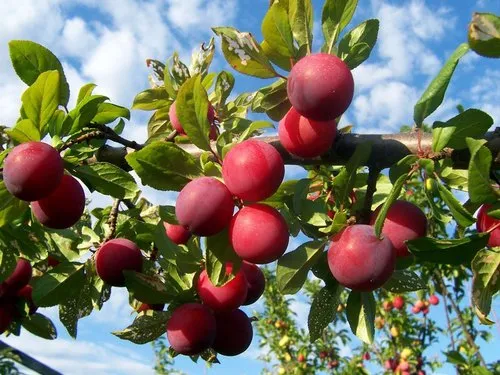
Prices for imported plums vary depending on market conditions, supplier country, variety, and seasonality. In 2023, the average global import price for fresh plums was around US $1,643 per metric ton, reflecting a steady increase driven by logistics costs, inflation, and growing demand for premium fruit varieties.
China, being a high-demand market for premium varieties, pays one of the highest prices per ton — around US $3,135 per ton.
Other markets like Germany, Hong Kong, and the U.K. typically pay between US $1,600–2,400 per ton, while Russia and Iraq tend to import plums at lower average costs due to different market segments and supplier arrangements.
Leading Plum Exporters
The largest exporters of fresh plums in the global market are:
- Chile: The world’s biggest plum exporter, supplying markets in Asia, Europe, and the Middle East.
- South Africa: A key supplier during the Northern Hemisphere’s off-season.
- Spain: A major supplier to the European Union.
- Turkey: Significant exporter to Russia and neighboring markets.
- Serbia and Romania: Supply plums primarily within Europe.
Chile and South Africa dominate China’s imported plum market, especially from December to May when domestic supply is low.
Factors Driving Global Plum Imports
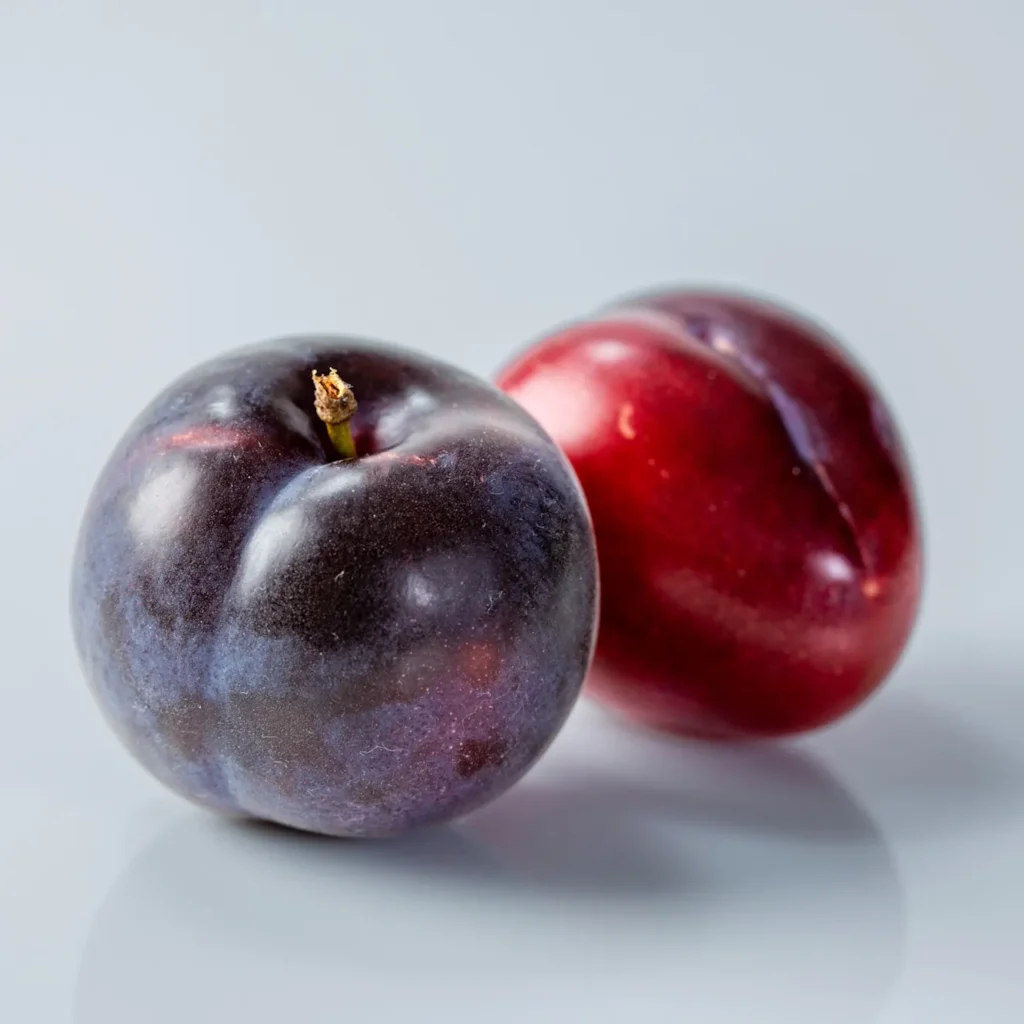
Several global trends are propelling the increase in plum imports:
Expanding Middle-Class Populations
As countries like China, India, and Brazil see rising incomes and urbanization, consumer demand for fresh, high-quality fruits like plums increases.
Health and Wellness Trends
Plums are rich in antioxidants, vitamin C, potassium, and dietary fiber. The rise of health-focused diets worldwide has boosted demand for nutrient-rich fruits.
Year-Round Availability
Improvements in cold storage technology, logistics, and international trade agreements enable countries to import plums year-round, regardless of domestic production seasons.
Growth of Supermarkets and Online Grocery Platforms
The expansion of large retail chains and e-commerce platforms in emerging markets has made fresh imported fruit more accessible to a broader consumer base.
Future Outlook for Global Plum Trade
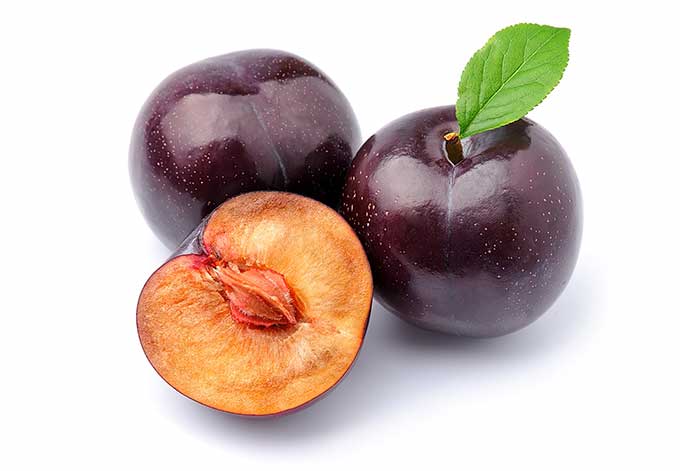
Industry forecasts predict that the international plum market will continue growing steadily through 2030. China is expected to remain the world’s largest importer, but other markets in Asia-Pacific, the Middle East, and Eastern Europe will also expand due to rising demand and improving logistics infrastructure.
Trade experts anticipate increased imports into India, Vietnam, the Philippines, and Gulf countries over the next decade, driven by similar factors — growing populations, changing diets, and increased disposable incomes.
Conclusion
In conclusion, China is the world’s largest plum importer, bringing in approximately 90,000 metric tons annually, valued at over US $280 million. Despite being the largest plum producer globally, China’s diverse market demands, seasonal gaps, and growing appetite for imported premium fruit drive its dominant position in the global plum trade.
Countries like Hong Kong, Germany, Russia, the Netherlands, and the United Kingdom follow behind as significant importers. As health trends, urbanization, and global trade connections continue to expand, the future of the international plum market looks bright, with Asia poised to remain its central growth hub.

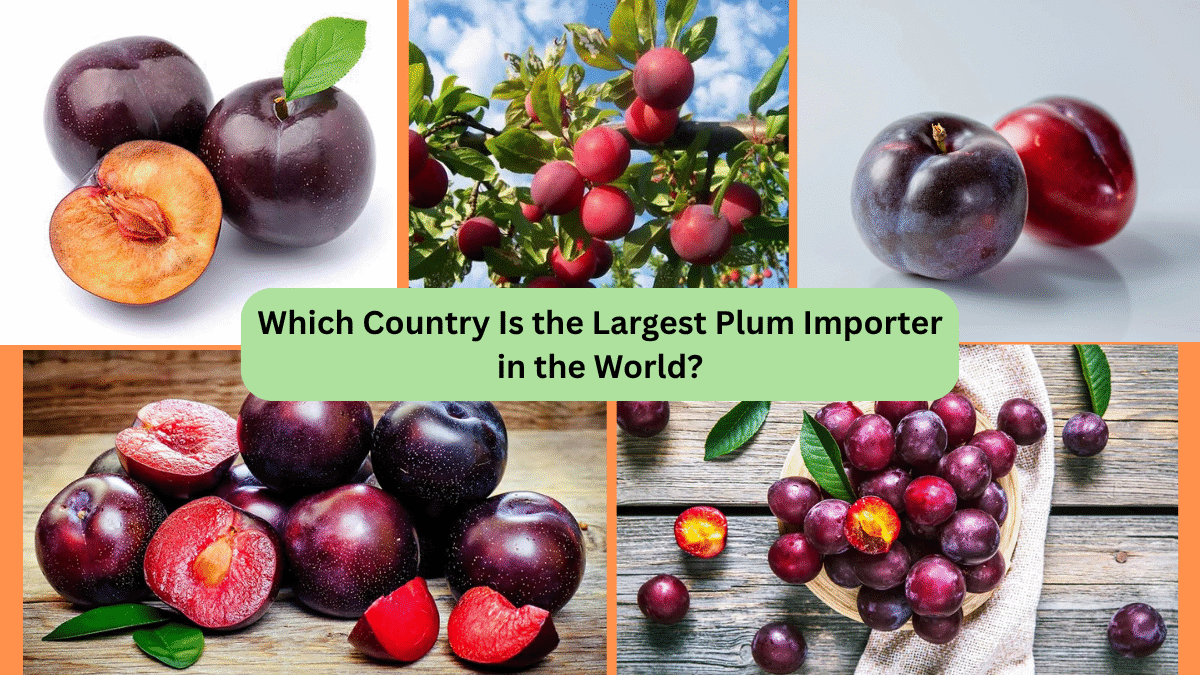




Leave A Comment